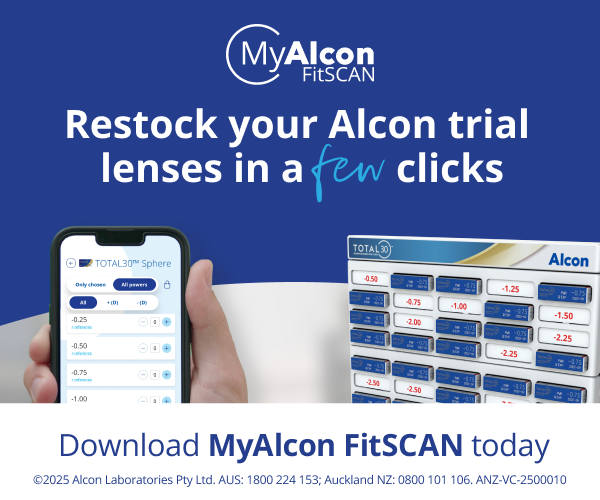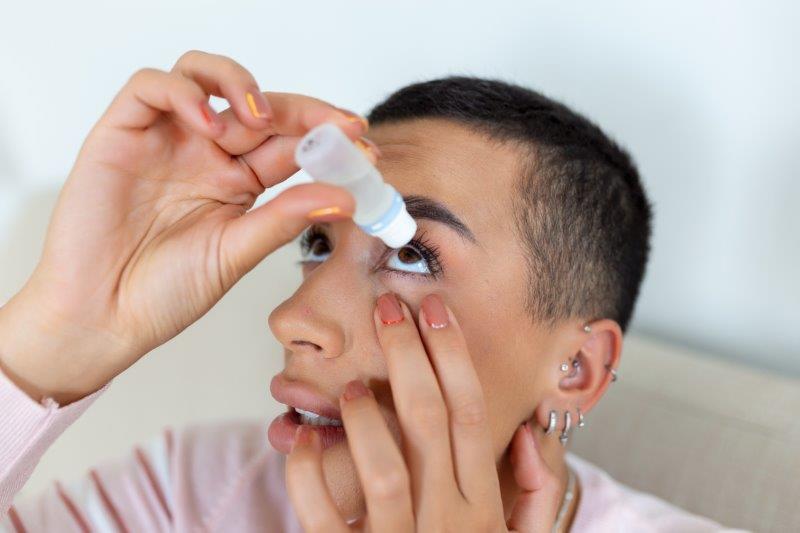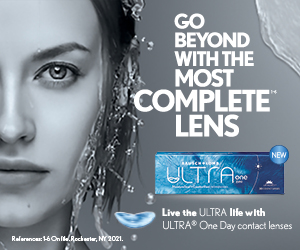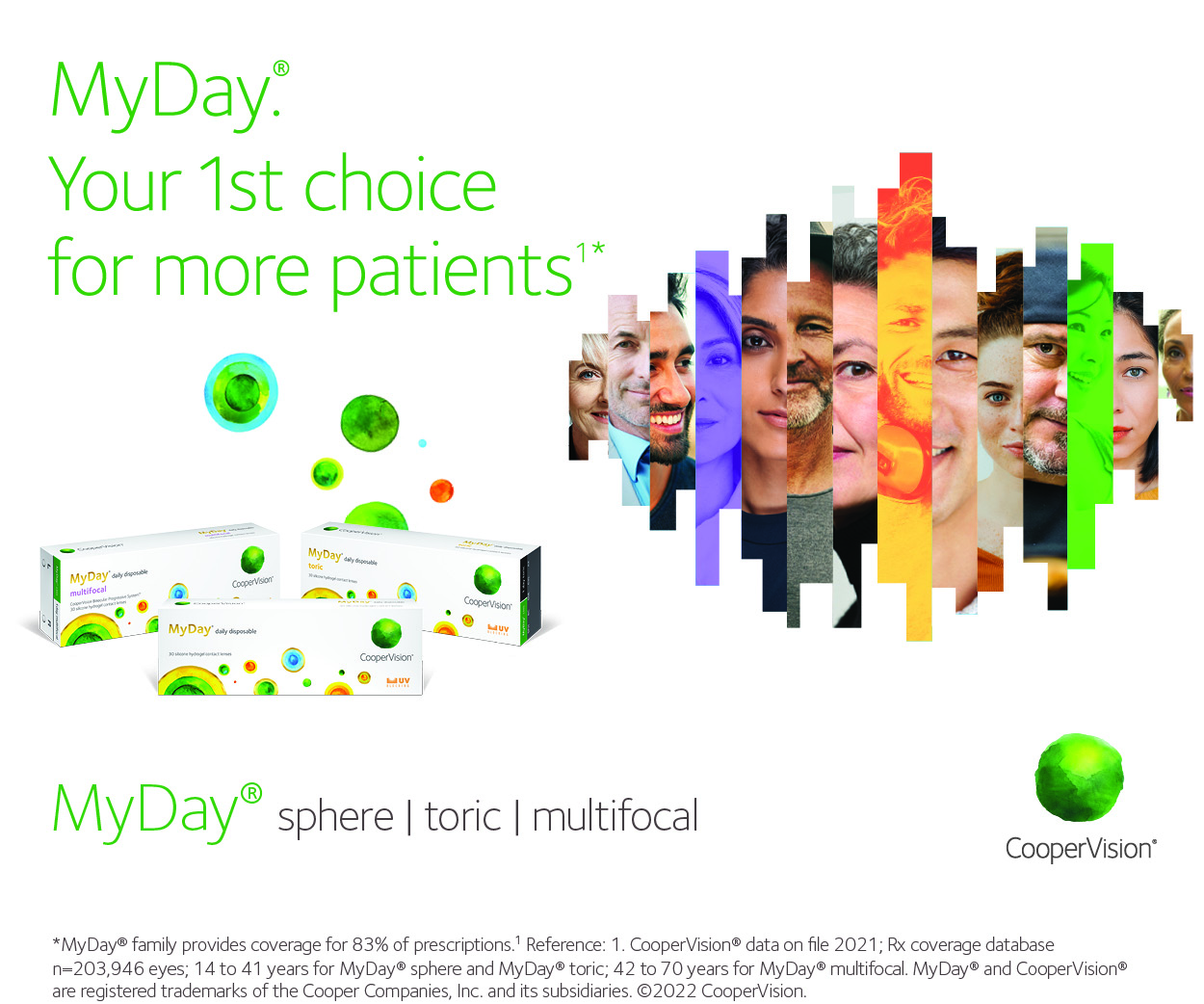Who CAIRS? ANZCS does!
A scorching midweek conference alongside the Melbourne Moomba festival was perfectly timed by Australia New Zealand Corneal Society’s (ANZCS’) conference organisers A/Prof Elaine Chong, Dr Elsie Chan, Dr Dermot Cassidy and Dr Nathan Wong. The annual congregation of corneal and eye bank specialists took place at the stunning Sheraton Hotel and the two-day programme was jam-packed full of innovation, discussion and expertise.
Thursday morning’s first session started with Auckland’s Dr Mo Ziaei presenting on the financial burden of keratoconus in New Zealand. Ophthalmological powerhouse Dr Soosan Jacob, the director and chief of India’s Dr Agarwal’s Refractive and Cornea Foundation, followed online having had her visa application declined. She did not appear at all concerned that this meant discussing corneal allogenic intrastromal ring segments (CAIRS) at 4am local time! Her fantastic breakdown of this new type of corneal graft explained how it is improving visual outcomes for keratoconics. It involves utilising stromal tissue – usually excess tissue from Descemet's stripping automated endothelial keratoplasty (DSAEK) or Descemet's membrane endothelial keratoplasty (DMEK) – cutting it into strips and inserting it within the corneal stroma using a femtosecond laser-cut channel. These strips of tissue thicken the host cornea at the area of keratoconic thinning and steepening, improving visual acuity. The results presented by Dr Jacob show incredible promise and the technique has now been adopted by Queensland-based refractive eye surgeons Dr Brendan Cronin and Dr David Gunn. They went on to discuss their programmed CAIRS calculator, which allows other corneal surgeons to calculate the correct size and shape of tissue to implant during surgery. Long-term visual outcomes have not yet been reported, but this is a very interesting area to watch and it was fascinating to see such excellent results.
Next came a series of updates related to endothelial surgery. A/Prof Chameen Samarawickrama from the University of Sydney discussed a novel device he invented for labelling DMEK tissue, involving a number 7 trephine to ensure it’s always clear that the tissue is placed the correct way in the anterior chamber. Dr Jelena Kezic from Lions Eye Bank of Western Australia presented her data on the amount of endothelial cell loss after eye bank tissue preparation. Her key finding was that endothelial loss is much less in penetrating keratoplasties compared with partial thickness grafts such as DMEKs or DSAEKs. Dr Elsie Chan, director of ophthalmology at Melbourne’s Royal Victorian Eye & Ear Hospital, shared initial data on descemetorhexis without endothelial keratoplasty (DWEK) surgery for Fuch’s endothelial dystrophy, which involves a 4mm central descemetorhexis. Initial results show 47% of cases cleared completely with the addition of ripasudil 0.4% eye drops.

The standout speaker in the following session was the Doug Coster lecture, delivered by Professor Stephanie Watson, who leads the Corneal Research Group at the University of Sydney and the Corneal Unit at Sydney Eye Hospital. Prof Watson is an outstanding ophthalmologist in every regard and her presentation was inspiring and informative. She used the legacy of Professor Doug Coster to teach the audience lessons in evaluating levels of academic evidence, covering areas such as the importance of viewing the patient in front of you as a person, not an academic statistic. She also recounted the importance of research on evaluating one's own clinical practice, even if it may initially go against traditional belief.
Corneal transplant update
The afternoon included a series of corneal transplant updates. I discussed my doctoral research into the demographics of corneal donation within New Zealand then Dr Brett Drury, a Queensland-based ophthalmologist trained in both cornea and glaucoma, provided a much-needed update on managing glaucoma secondary to, and in conjunction with, corneal conditions. He advised corneal surgeons to always document the cup-to-disc ratio and avoid bimatoprost use due to its association with orbitopathy. This session ended in an insightful (and at times heated) panel discussion, which included Nigel Brookes, technical officer with the New Zealand National Eye Bank; Prue Armstrong, Lions Eye Donation Service; Brisbane ophthalmologist Dr Peter Beckingsale and Sydney Eye Hospital consultant Dr Con Petsoglou. The hot topic was whether tissue from a single corneal donor should be implanted into two different patients for two different surgical procedures. This is currently against eye bank policy in Australia and New Zealand, but the resounding consensus from the experts was that it should be permitted.
Dr Jacob returned via Zoom on Friday to present cases of complications after small incision lenticule extraction (SMILE) refractive surgery. This was both informative and brave, as the majority of refractive corneal meetings are bereft of complications. Dr Jacob also used several excellent surgical videos to demonstrate how she manages intraoperative challenges with deep anterior lamellar keratoplasty (DALK).
A/Prof Samarawickrama returned to discuss corneal neurotisation surgery, a procedure for patients who have lost corneal sensation. This is an incredible multi-disciplinary operation involving the harvesting of a functioning nerve and transplanting it into the orbit, then anastomosing it with an ocular nerve which usually supplies the cornea. After several months of healing, it has been shown to restore corneal sensation in around two-thirds of patients, though this is a developing area so there are only around 62 cases in the literature to date. Dr Tanya Trinh, a corneal surgeon from Sydney, then shared an update on the osteo-odonto-keratoprosthesis service. This service is run out of Sydney but takes referrals from all of Australia and New Zealand for patients who meet the criteria.
The final keynote speaker was Professor Kate Drummond, director of neurosurgery at the Royal Melbourne Hospital. Prof Drummond is the epitome of surgical achievement, publishing over 190 peer-reviewed papers and sitting on every committee imaginable. She spoke to the corneal congregation on a matter close to the heart of every professional: work-life balance or, as Prof Drummond called it, “the cardboard box”. The key takeaways from her speech were that often for those passionate and driven about their career, work is not something that can be separated from one’s life. Instead, we should think of life as a cardboard box, a box that we can fill with whatever we like as long as there is space. Listening to her astonishingly long list of commitments, I couldn’t help but think that Prof Drummond must have found a way to magically elasticate the sides of her cardboard box!
ANZCS 2024 was an excellent and thought-provoking meeting and although it was my first one, I hope to attend many more.

Dr Natalie Allen is a Health Research Council Clinical Research Fellow and a PhD candidate at the University of Auckland, supervised by Professor Charles McGhee and Drs Rachael Niederer, Akilesh Gokul and Jie Zhang.























